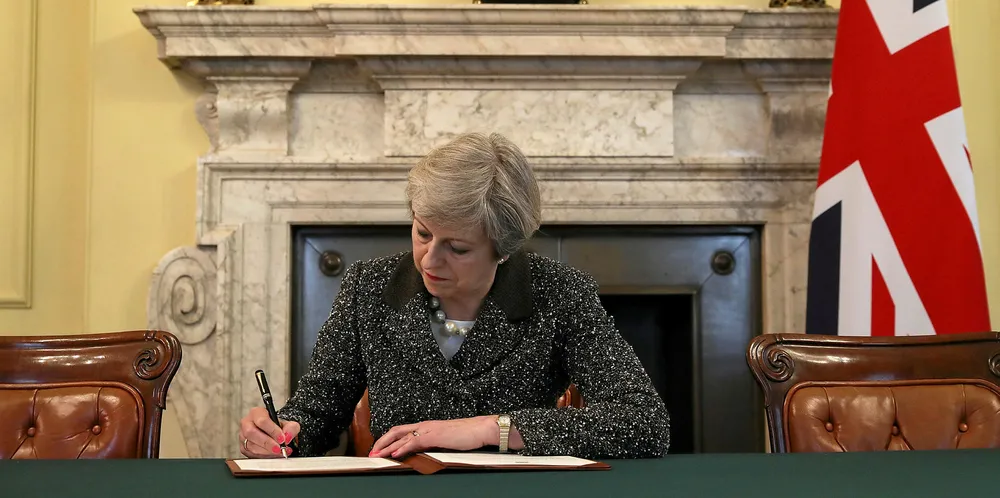UK vows to be zero-carbon by 2050, but what about onshore wind?
Prime Minister Theresa May announces that Britain will "eradicate its net contribution to climate change by 2050", but questions remain over how this will be achieved

Prime Minister Theresa May announces that Britain will "eradicate its net contribution to climate change by 2050", but questions remain over how this will be achieved
